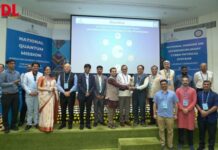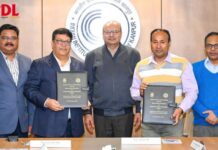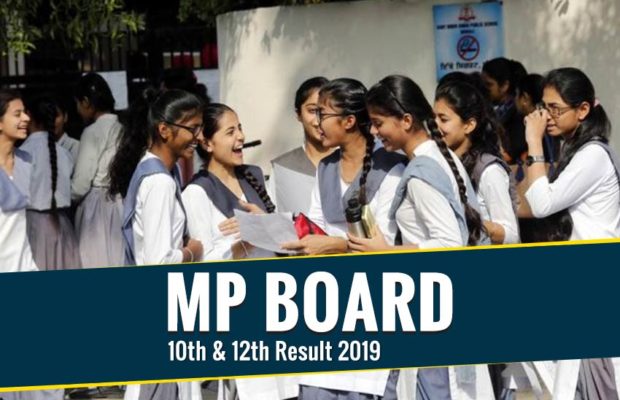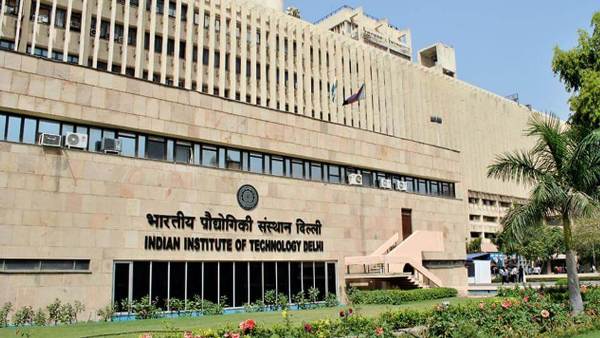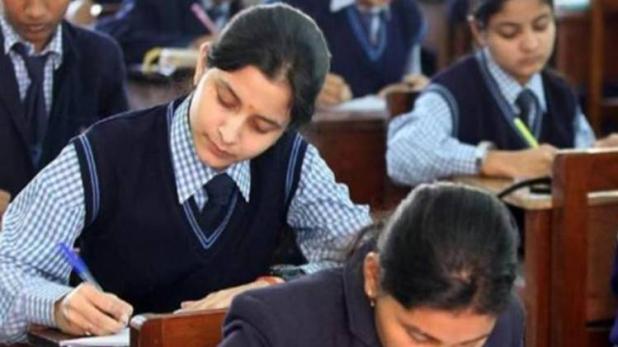HBSE 12th Result 2019: HBSE has announced Haryana Board class class 12 results on May 15, 2019 (Wednesday). The HBSE Haryana Board 12th Result 2019 released for all the streams- Commerce, Science, Arts, etc.
The HBSE class 12 results are available on the official website of Board of School Education Haryana (BSEH): bseh.org.in. HBSE 12th result 2019 was announced in a press conference at around 2 pm and by 3 pm, the official website of BSEH will host the result on its aforesaid website.
BSEH 12th results 2019: How to check:
Step-1: Visit and log into the official website – bseh.org.in
Step-2: On the homepage, check the “What’s New” section.
Step-3: Click on Class 12th results 2019
Step-4: On the new page, enter your roll number, date of birth and other details
Step-5: HBSE 12th Result 2019 will be displayed. Take its print out for future reference.
This is for the first time that BSEH is announcing the Haryana class 12 board results and Haryana class 10 board results on different dates which earlier used to be declared on the same date. This year, as many as 7,65,549 candidates appeared for the HBSE class 12 board exams across 1,728 exam centres.



